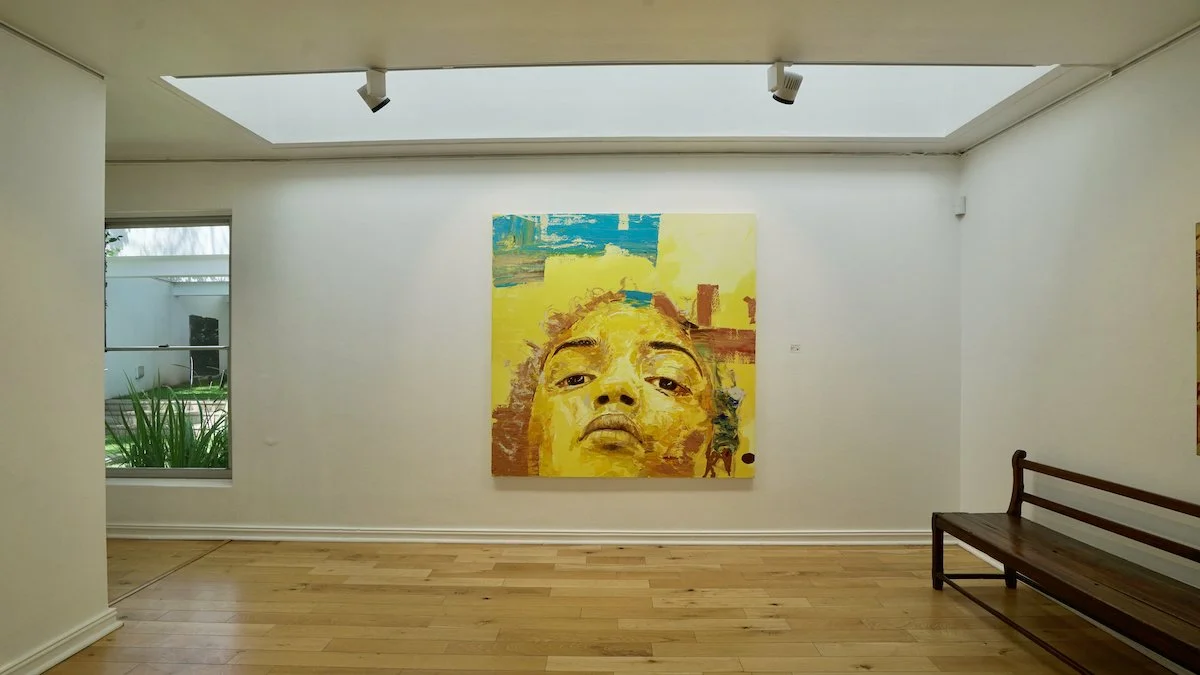The Equal Justice Initiative’s Freedom Monument Sculpture Park in Montgomery, Alabama, has earned a spot on The New York Times’s list of top travel destinations for 2024. This remarkable Legacy Site offers a deeply immersive and interactive experience, inviting visitors to connect with stories that illuminate the struggles and resilience of enslaved and indigenous people.
Situated on a historic site overlooking the Alabama River, the Freedom Monument Sculpture Park provides a profound journey into the past. Visitors can listen to Muscogee family stories as they were told centuries ago and step inside a reconstructed train car resembling those once used to traffic enslaved people to Montgomery. As EJI Executive Director Bryan Stevenson explains, “Freedom Monument Sculpture Park is a unique place where visitors can learn about the lives of enslaved people in the very location where they were trafficked and enslaved. The National Monument to Freedom also provides a powerful opportunity for Black Americans to find their names—the names chosen by their foreparents and passed down to millions of Black families.”
One of the park’s captivating features is Lionel Smit’s monumental sculpture, Reflection of Self. This artwork comprises three towering cylindrical sculptures, each reaching an impressive height of three meters and a diameter of two meters. Constructed from bronze, the sculptures are adorned with approximately 50 raw sculpted faces that gaze inward. These faces, representing diverse ethnicities, symbolize the intricate tapestry of humanity’s shared experiences.
What sets “Reflection of Self” apart is its interactive nature. Visitors are invited to step inside the sculptures, immersing themselves in the gaze of the sculpted faces that encircle them. This unique experience fosters a deep connection between the viewer and the artwork, encouraging introspection and contemplation of personal and collective histories.
The sculpture serves as a poignant reminder of the impacts of slavery, colonisation, and systemic inequality. Yet it transcends sorrow, embodying transformation and the power of reflection as a means of moving forward. By physically entering the sculpture, visitors are prompted to step beyond their own perspectives, confront biases, and engage with diverse narratives. This act symbolises a conscious commitment to compassion, respect, and positive change.
Reflection of Self offers a transformative journey within the Freedom Monument Sculpture Park, blending thought-provoking design with a profound message. It invites all who experience it to reflect deeply, foster empathy, and unite in the pursuit of a more compassionate and enlightened future.















